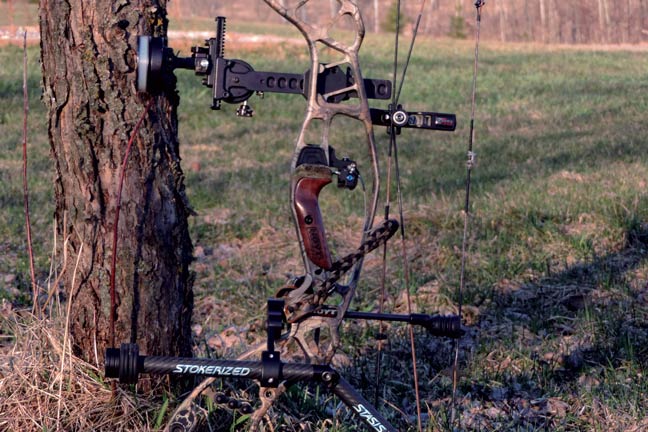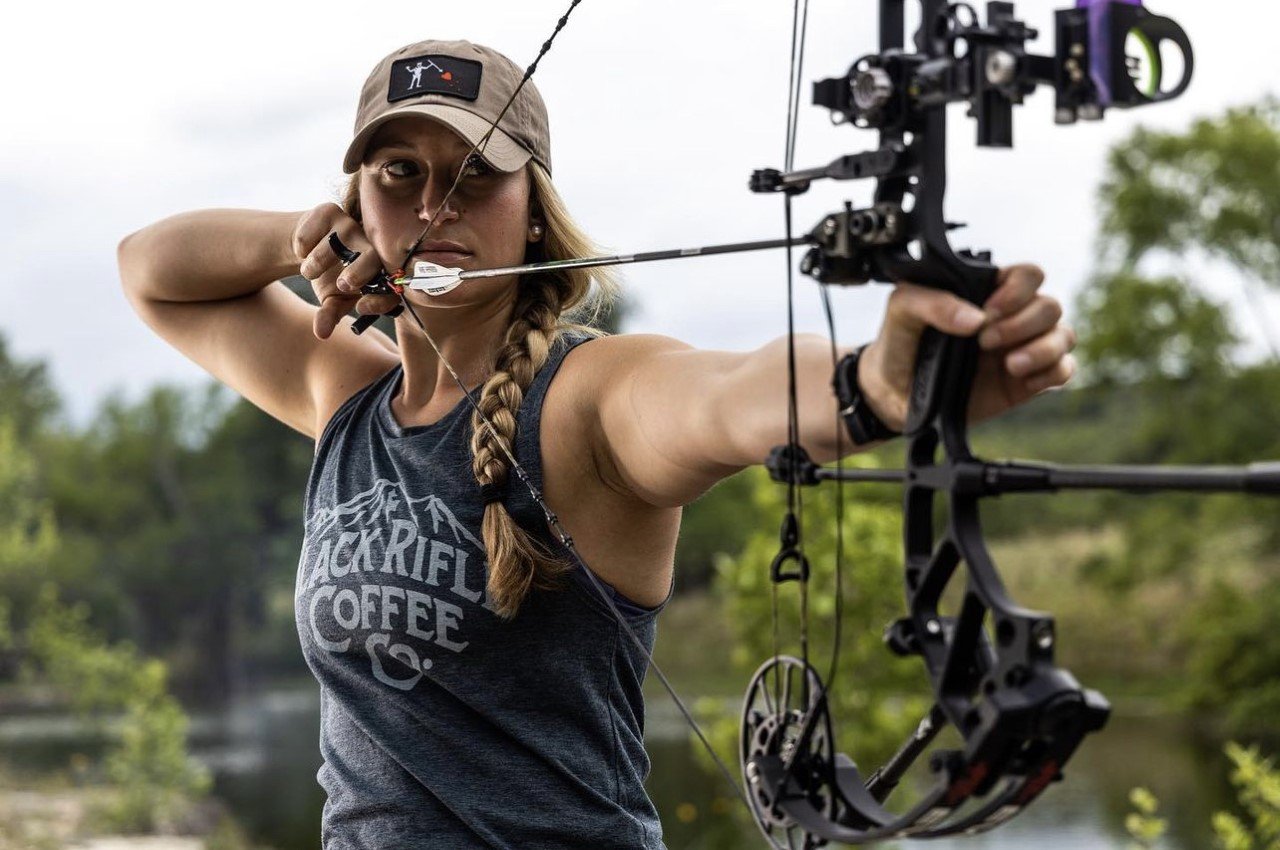Optimize Precision: Compound Bow Stabilizer Guide for Archery Lovers
Optimize Precision: Compound Bow Stabilizer Guide for Archery Lovers
Blog Article
Optimizing Your Archery Efficiency With the Right Substance Bow Stabilizer: a Thorough Summary
In the world of accuracy, archery and uniformity are critical to accomplishing optimal performance. One vital yet often-overlooked element in enhancing accuracy is the compound bow stabilizer. This simple device plays a significant role in steadying your purpose, minimizing bow torque, and taking in vibrations. The efficiency of a stabilizer pivots on different factors, consisting of style, weight, and positioning. By understanding the subtleties of picking and optimizing a substance bow stabilizer, archers can fine-tune their devices to elevate their capturing experience to new degrees of efficiency and control.
Value of Bow Stabilizers in Archery

In addition, bow stabilizers aid in stabilizing the weight distribution of the bow, which can enhance the archer's stability while shooting and aiming. By including weight to the front of the bow, stabilizers can lower the amount of torque experienced upon release, causing a smoother and a lot more regulated shot - compound bow stabilizer. This weight distribution also aids in holding the bow steady for a longer duration, allowing the archer to aim much more precisely
Sorts Of Compound Bow Stabilizers
When considering the numerous kinds of substance bow stabilizers offered, it is important to recognize their unique functions and features to establish the most suitable choice for making the most of archery performance. One of the most typical types of compound bow stabilizers include sidebar stabilizers, front stabilizers, and back stabilizers. Sidebar stabilizers connect to the sides of the riser and aid in balancing the bow during the aiming process. Front stabilizers, likewise understood as long poles, are connected to the front of the riser and help in absorbing and minimizing any kind of resonances caused by the launch of the arrow, hence boosting accuracy. Back stabilizers, likewise called rear stabilizers, are mounted to the rear of the bow and aid in counteracting the weight of other accessories, leading to improved stability and constant intending. Additionally, some stabilizers include flexible weights that allow archers to adjust the balance and feel of their bows according to their preferences, making them versatile choices for archery fanatics of all levels.
Factors to Think About When Choosing
In assessing substance bow stabilizers, understanding the distinctive functions and features of each kind is important for making an educated decision on one of the most suitable option to boost archery performance. When selecting a stabilizer, one have to think about the weight of the stabilizer itself. While a much heavier read stabilizer can provide more security by reducing the bow's motion, it might also trigger exhaustion during long shooting sessions. Equilibrium is one more essential variable to consider. The stabilizer's length and layout significantly affect the bow's balance, impacting the shooter's ability to hold stable purpose. Additionally, the material of the stabilizer can influence its effectiveness. Carbon fiber stabilizers are light-weight and absorb vibrations well, boosting precision. Moreover, the number and adjustability of dampeners on the stabilizer can tweak its efficiency by lowering noise and shock upon release. By carefully assessing these factors, archers can choose a compound bow stabilizer that lines up with their shooting style and maximizes their general performance on the archery range.
Installation and Adjustment Tips
For optimum performance and accuracy in archery, grasping the setup and adjustment of your bow stabilizer is essential. Appropriate installation starts with attaching the stabilizer to the bow's riser, ensuring it is strongly secured.
When readjusting the stabilizer, start with little step-by-step changes instead than drastic modifications. This allows you to examine the effect of each modification precisely. Take note of how the bow responds to changes in stabilizer settings and make changes appropriately. Bear in mind that the goal is to locate a setup that reduces hand torque, lowers resonance, and boosts precision. Routinely inspect the stabilizer's rigidity and general condition to guarantee it proceeds to work ideally. By mastering the setup and change procedure, you can maximize your archery performance and boost your shooting experience.
Upkeep and Care Guidelines

It is also important to save your bow with the stabilizer in a safe check and risk-free area when not in use. Following these upkeep and treatment standards will review aid you get the most out of your bow stabilizer and boost your general archery efficiency.
Final Thought
In conclusion, picking the best substance bow stabilizer is important for making best use of archery efficiency. Understanding the relevance, types, variables to consider, setup and adjustment pointers, as well as upkeep and treatment guidelines can significantly impact one's accuracy and uniformity in capturing. By choosing a stabilizer that matches private demands and preferences, archers can improve their total performance and accomplish better results on the array or in competitors.
Bow stabilizers play a vital role in boosting an archer's precision and uniformity by reducing vibrations and supporting the bow throughout the release of an arrowhead - compound bow stabilizer.In addition, bow stabilizers help in balancing the weight circulation of the bow, which can boost the archer's security while aiming and firing. The most typical kinds of substance bow stabilizers include sidebar stabilizers, front stabilizers, and back stabilizers. Back stabilizers, likewise called back stabilizers, are placed to the back of the bow and aid in counterbalancing the weight of other devices, resulting in boosted stability and stable aiming. When selecting a stabilizer, one must think about the weight of the stabilizer itself
Report this page